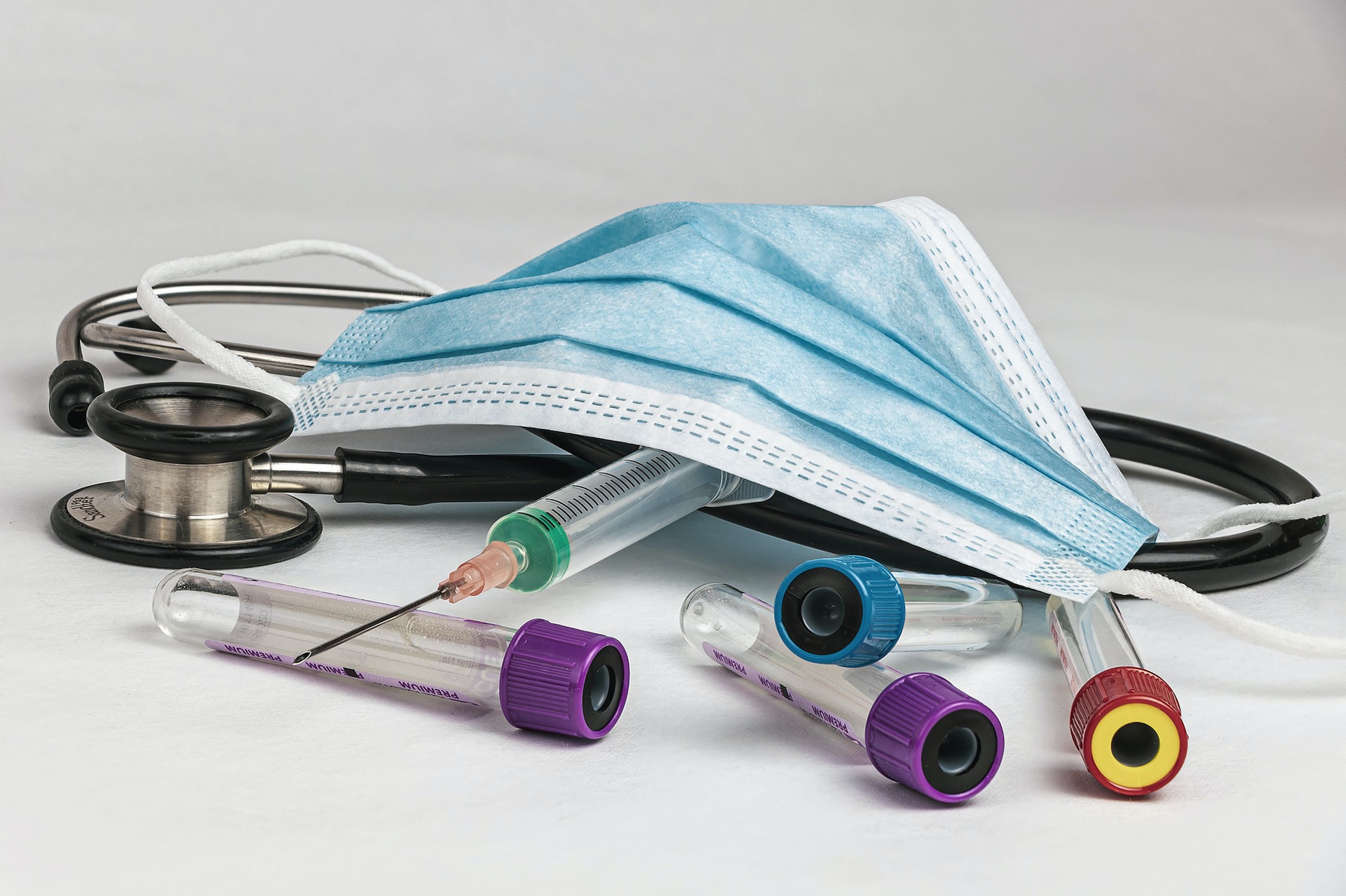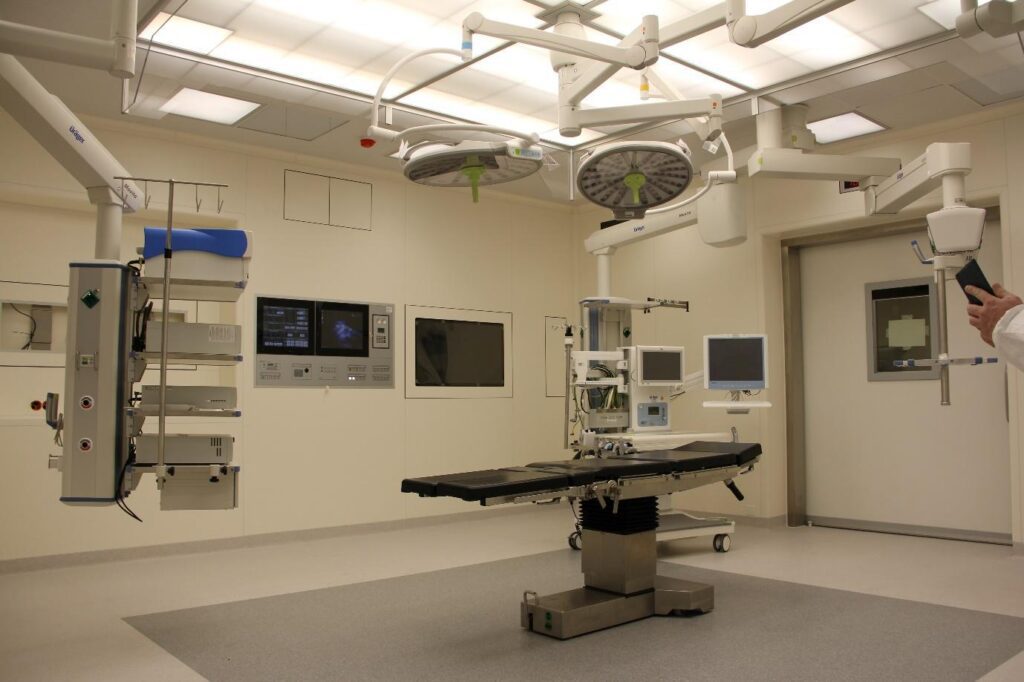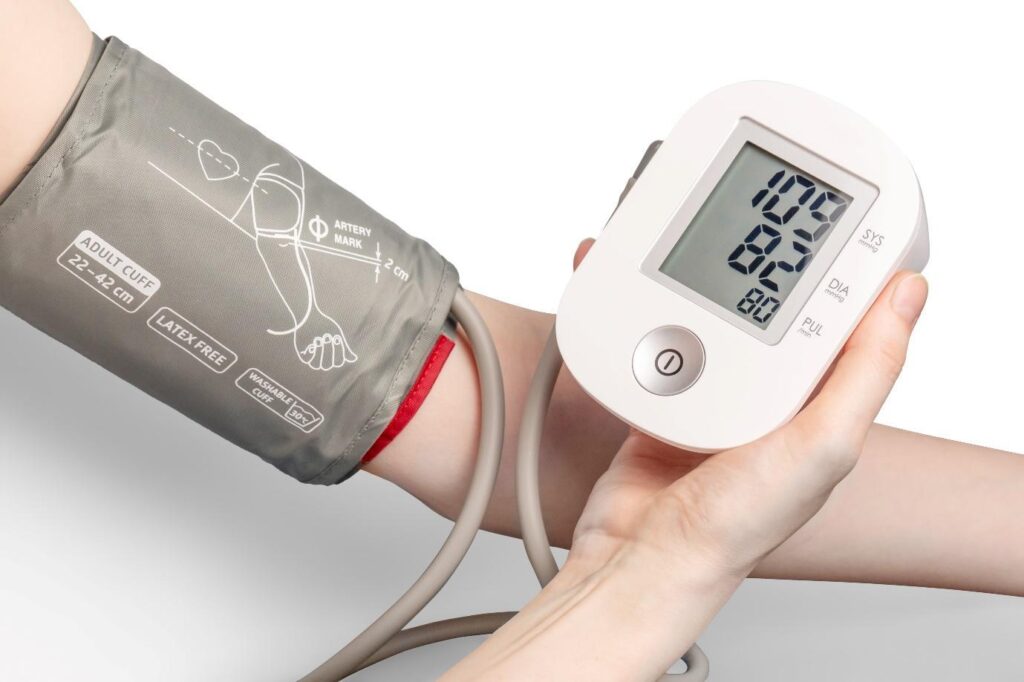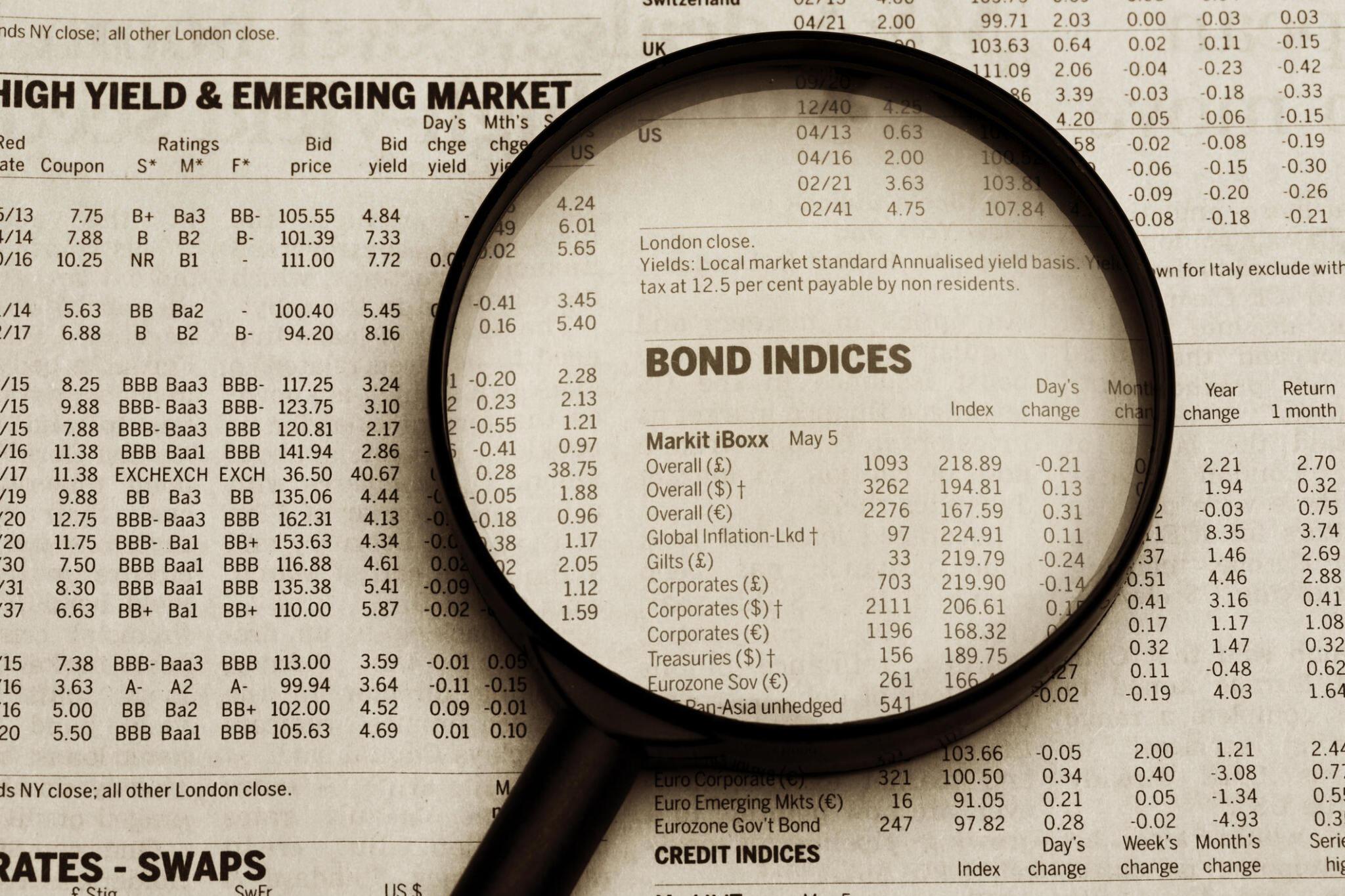
Standards in the regulatory world are recommended practices produced by subject matter experts to describe the best possible manner to reach an end goal. Quality management standards, for example, are intended to increase efficiencies and prevent product failures. Similarly, risk management guidelines are intended to assist firms in planning for the unexpected and maintaining operational continuity. These are only two of the many application standards available to medical devices manufacturers.
The International Organization for Standardization (ISO) establishes global quality and risk management standards for various products and businesses. The International Electrotechnical Commission (IEC) does the same for all electrical, electronic, and related technology. Generally, ISO focuses on material and process controls, whereas IEC focuses on product manufacturing and testing.
Standards apply to many forms of business and technology, including medical devices, IVDs, and the electronics and software that go with them. In many circumstances, compliance and certification are technically voluntary.
Nevertheless, medical regulatory agencies typically use ISO as a baseline for regulatory compliance because it is recognized as the gold standard and cutting edge. Complying with international laws is essential to comprehend the most popular IEC and ISO medical devices standards.
Outlined below are the ISO Standards for medical devices.
1. Quality Management Systems – Requirements

The ISO 9001 production standard is not industry-specific, and management must supervise the quality control process. The ISO 9001 standard, based on the Annex SL guideline, employs a well-known structure and language to integrate and conform with other standards.
However, if you are looking for a reliable and quality medical device manufacturer, Quasar can be a great option. They are committed to providing their clients with the highest quality services and support with cutting-edge technology.
2. Requirements for regulatory purposes
ISO 13485, like ISO 9001, is a quality management standard that regulates quality control for medical device manufacturers. Significantly, ISO 13485 is not mandatory in the United States but is in several other nations.
The ISO 13485 framework, based on ISO 9001, enhances the framework to include medical device regulation requirements, more significant risk management, and increased supply chain regulatory requirements. ISO 13485 is a medical device industry-specific standard that evolved from the general quality management system standard ISO 9001.
The ISO 13485 standard also complies with foreign markets, which requires worldwide expansion. By developing medical device production to be ISO 13485 compliant, your company will
- Increase efficiency
- Reduce operational risks
- Quickly expand into foreign markets
- Improve quality control
- provide traceability
3. Application of risk management to medical devices and its guidance ISO/TR 24971:2020

Risk management is one of the more challenging components of regulatory compliance in the medical device industry.
Risk manifests itself in various ways, including judgments of severity and the likelihood of harm occurring. ISO 14971’s purpose is to create a standard procedure for identifying hazards at all phases of a device’s life cycle, beginning with the product concept, design, purchasing, manufacture, and ending with post-market use. The purpose is to continuously study, evaluate, control, and monitor hazards throughout the medical device’s life cycle.
4. Good clinical practice
Conducting a clinical investigation with medical devices per the ISO 14155:2020 standard provides high protection for human research subjects. It enables companies to conduct international device trials that generate clinical data with high integrity that regulatory agencies accept all over the world.
5. Environmental Management Systems
A widely accepted standard that outlines the requirements for an environmental management system is ISO 14001. It helps businesses gain a competitive edge and stakeholder trust while enhancing their environmental performance through more efficient resource usage and waste reduction. It guarantees that your manufacturing processes will
- Conserve energy
- Reduce waste
- Have a lower carbon impact
Based on the Annex SL framework, ISO 14001 has confirmed quality management that is reasonably simple to implement and provides a high-quality standard for safety, health, and environmentally conscious medical equipment.
6. Energy Management Systems

ISO 50001:2011 specifies the requirements for an organization to establish, implement, maintain, and improve an energy management system. Hence, allowing that organization to take a systematic approach to improve energy performance, energy use, and consumption continuously.
The standard is based on the Plan-Do-Check-Act management approach, which many manufacturing plants that have adopted other ISO standards are familiar with. It complements ISO 14001 by allowing manufacturers to
- Reduce operational costs
- Increase energy efficiency
- Comply with stringent standards
7. Biological Evaluation of Medical Devices
In July 2021, Part 23 of this standard was harmonized to support (EU) 2017/745 [EU MDR]. The ISO 10993 family of standards are used to assess the biocompatibility of medical equipment. These documents, preceded by the Tripartite Agreement, are part of the international harmonization of medical device safe use review.
Regulatory agencies require medical devices that come into touch with the human body to be examined for potential interactions and undesired side effects. As a result, medical devices are classified into distinct groups based on the type of touch and the duration of interaction with the human body.
8. Occupational Health and Safety Management Systems
If your company is certified to OHSAS 18001, you now have until September 30, 2021, to convert from OHSAS 18001 to ISO 45001. The ISO 45001/OHSAS 18001 standard governs occupational safety and health management in the medical device industry. Medical device manufacturing frequently employs advanced technology, which might pose workplace hazards.
The ISO 45001/ OHSAS 18001 standards protect your production team by developing and adhering to tight safety regulations, resulting in increased productivity and less risk, accidents, and liability issues.
9. Information technology — Security techniques — Information security management systems — Requirements

Protecting your organization’s information is vital to its successful management and seamless functioning. Obtaining ISO 27001 certification will help your firm manage and preserve its essential data and information assets.
ISO 27001 helps to protect your company from cybersecurity threats. Safeguarding your systems and products from cyber threats is critical in a world of widespread and continual cyber breaches. ISO 27001 is a vital industrial standard that lets your company find, assess, and prevent cybersecurity breaches. It is based on international best practices for protecting your business against cyberattacks.
10. Medical Devices — Information to be supplied by the Manufacturer
ISO 20417 provides a clear and understandable summary of the requirements of several relevant regulations. It clarifies several unclear MDR/IVDR regulations and offers practical recommendations on how to comply with them. It is among the standards that will be harmonized under the EU Medical Device Regulations.
Bottomline
Implementing and certifying these ISO medical device standards will raise your company’s credibility while increasing efficiency, earnings, transparency, quality, and sustainability. You should thoroughly investigate each of these international standards to determine which ones are suitable for your company.






1 thought on “10 ISO Standards for Medical Devices”